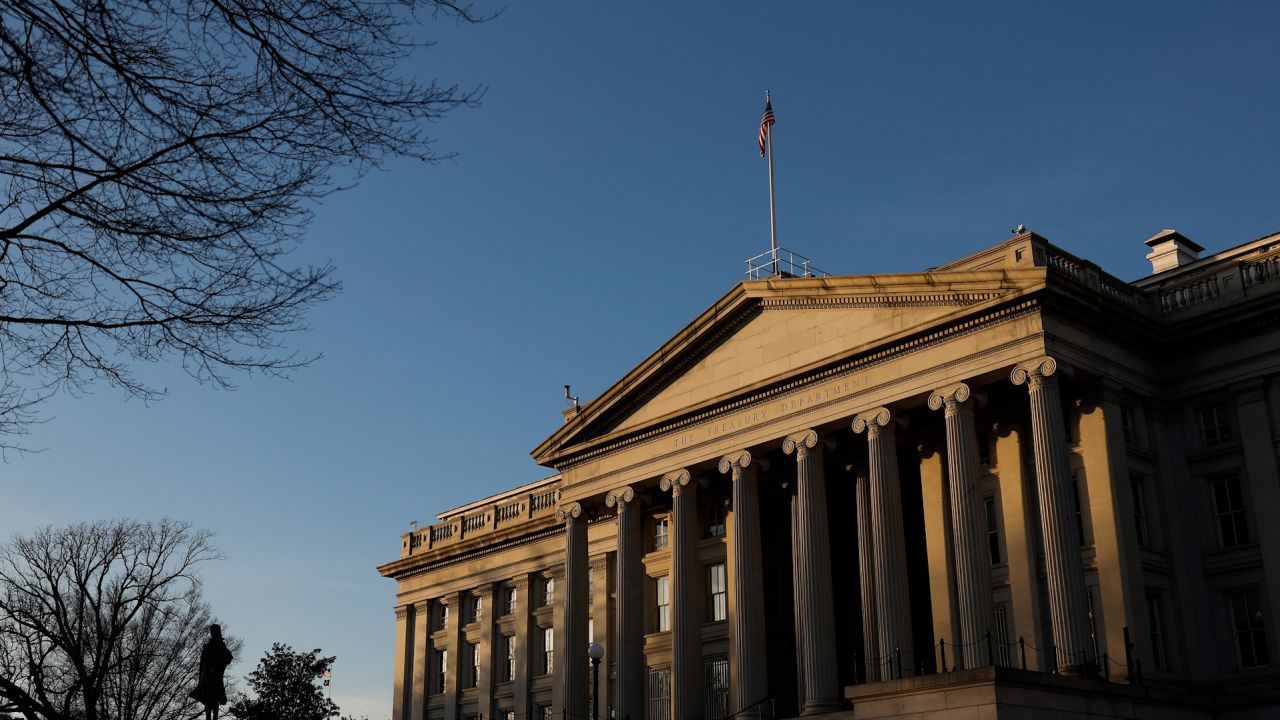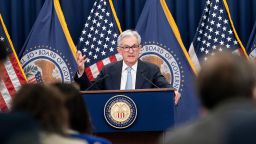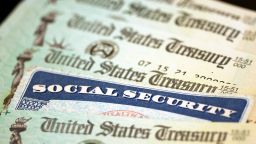The US economy is going from broken to bizarre.
Covid crashed the American economy three years ago with no playbook for the wild recovery that would follow. Shutdowns and disease outbreaks disrupted global supply chains, leading to the highest inflation in 40 years and (eventually) to aggressive rate hikes from global central banks. Economists have forecast for months that a recession is just around the corner.
And yet, the US economy today is growing, the job market is strong, and the consumer is still spending.
Contradictions abound.
The headlines blare layoffs — from Walmart, Disney, Amazon, 3M, General Motors and Meta — but, overall, hiring picked up speed in April. The economy has added an astonishing 1.2 million jobs this year and the jobless rate matches the lowest since 1969. Despite Silicon Valley pink slips, there is still plenty of hiring happening in technology, especially in computer systems design and services. And construction sites are hopping. The government reported a record 7.9 million people employed in construction jobs in April.
After decades of weak wage growth, workers have enjoyed the best pay gains in a generation, especially workers at the lower end of the pay ladder. Now that inflation appears to be going from a boil to a simmer, it means less of that pay bump is going to cover higher inflation. (Key readings on consumer and producer prices come Wednesday and Thursday.) Those higher wages may complicate the Federal Reserve’s inflation fight, but they may also be underpinning consumer spending, helping the economy avoid a recession.
The long recession watch
The narrative seems to shift by the week, in what has been the longest recession watch in memory. Stock markets had a banner winter on hopes the economy was on its way to a possible “soft landing.” Economic growth and inflation have cooled, without a corresponding spike in joblessness. Meantime, the Fed appears to be near the end of its rate-hike cycle. Goldman Sachs pegs recession odds at 35% and Fed Chair Jerome Powell last week said the economy could still skirt a recession.
“Avoiding a recession is, in my view, more likely than having a recession,” Powell said. “But I don’t rule that out either. It’s possible that we have a mild recession,” he told reporters at a news conference following the central bank’s latest rate decision.
Self-inflicted wounds
Two dark horses have emerged to challenge the “soft landing” narrative: a regional banking crisis set off by little-known Silicon Valley Bank and a manufactured debt ceiling crisis due to political wrangling. The regional bank strain appears to have stabilized (for now) but the partisan drama over paying the country’s bills holds huge risks.
The US could default on its obligations as soon as June 1 if Congress doesn’t address the debt limit before then, Treasury Secretary Janet Yellen said Monday.
Yet markets have barely flinched. The S&P 500 is up almost 8% this year and the Nasdaq is up 17%.
“I think it’s going to be a difficult couple of weeks,” said Seema Shah, chief global strategist of Principal Global Investors. “As long as the equity market is coming across pretty firm, there’s very little pressure on Congress to come to some agreement. So you do need almost panic stations to arise in order to push them over that line, which is what happened in 2011 and 2013.”
In 2011, Congress reached a deal to raise the debt ceiling two days before the date Treasury estimated money would run out. It triggered the worst week for financial markets since the 2008 financial crisis and earned the United States its first and only credit downgrade. The debate over raising the debt limit in 2013 forced a government shutdown.
This time around, “the financial markets have not shown much anxiety,” said Greg Valliere, chief US policy strategist for AGF Investments. “Maybe the T bill market yields have moved higher, but I think for the stock market in general there’s a feeling that, you know, (it’s the) little boy who cried wolf [because] this will get solved at the last minute, which we’ve seen in the past. But this is different. I think the militants in the House are a new factor here and for the markets to be this sanguine to me is not warranted.”
Essentially, many on Wall Street don’t expect lawmakers to understand the urgency of raising the debt ceiling until their constituents’ retirement accounts get hammered first.











